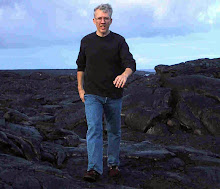 |
| A-Bomb Dome |
As I travel on, I set out for Hiroshima and learn a valuable lesson that can be applied to photography, or life in general. Sometimes when you set out to photograph a particular scene, object, or whatever, you do so with the intent of capturing the best photograph possible. Realizing only during the shoot there is something significant about this object.
I realize that Hiroshima is significant, but when you are far removed from what what occurred; you may have a point of view that might not be changed until you photograph that scene or subject.
Photography is truly an art that has many facets. So when we initially take on the art of photography, generally speaking; we try to become technically proficient with our tools (camera, flash, ect.). I can attest to the fact when I first began photographing, I was more concerned with the settings on the camera; that I was so preoccupied with selecting my settings, I couldn't focus on photographing my subject.
As with most things, the more we do something we begin to take control and eventually it becomes second nature. Once this occurs you can begin to focus on your subject and your creativity begins to open up. My initial reaction was to go directly to the A-Bomb Dome but I chose to go to the museum first. Below is display model of
 |
| Hiroshima Before The A-Bomb |
 |
| Hiroshima After The A-Bomb |
Hiroshima before and after the A-Bomb. Throughout the museum were other displays that are very graphic and sometimes unnerving. During this whole evolution I continued to think about what I've often heard said, "Because of the A-Bomb many lives were saved". Although a political point of view can be drawn from my blog this is not my intent. After viewing and photographing the museum and the A-Bomb Dome, I understand with clarity why the people of Hiroshima and Nagasaki dislike nuclear weapons or any type of nuclear facility. I don't have to agree with their point of view, but I certainly respect it. I learned from that.












